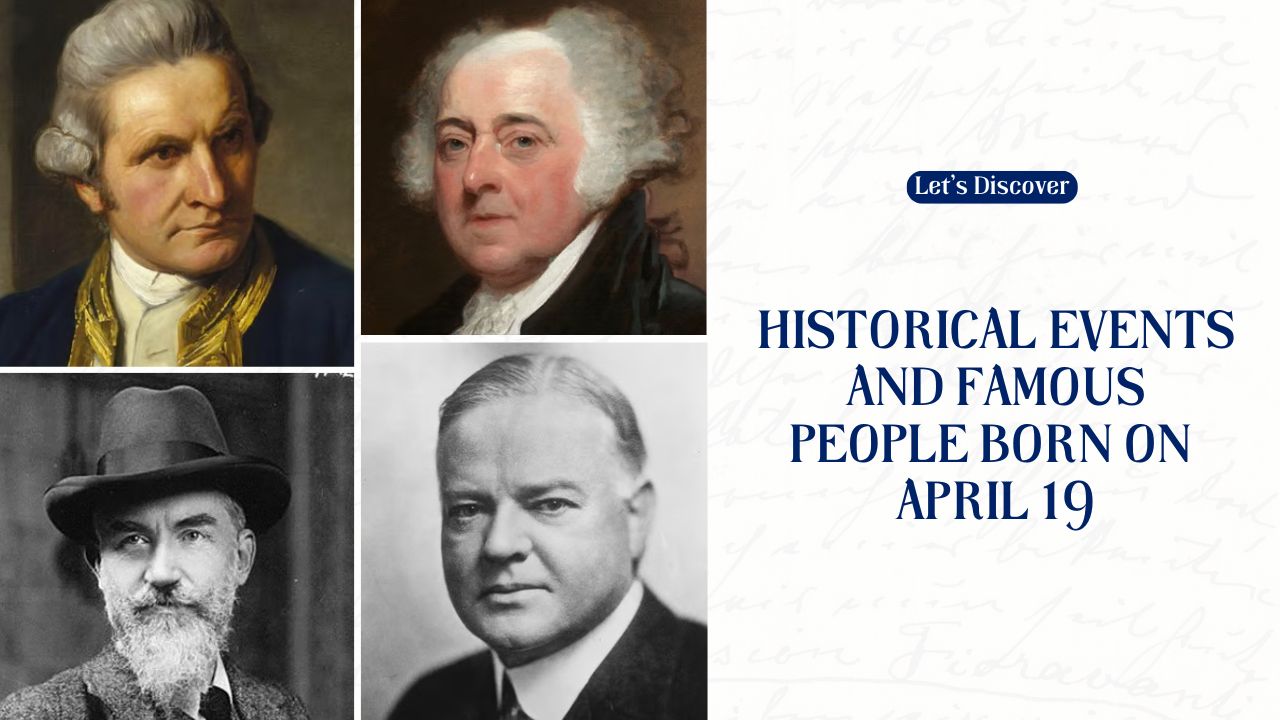The crew of four prepared for their journey in the historic “suit-up room,” surrounded by photographs of the Apollo missions. Before heading to the launchpad, they followed SpaceX traditions, including a medical check and a final briefing from NASA and SpaceX officials.
They also played a symbolic card game, a ritual believed to ward off bad luck. Their convoy of Teslas, bearing the mission-inspired license plates “LIF10FF,” took them to the launch site at Kennedy Space Center.
Launch Delayed Due to Technical Issues
Originally scheduled for Wednesday, the mission faced a last-minute delay due to a hydraulic ground issue. However, favorable weather conditions on Friday, with a 95% probability of success, provided the green light for liftoff. NASA officials later confirmed that waiting for optimal conditions was the right decision.
Successful Launch from Kennedy Space Center
At just after 7 p.m. on Friday, SpaceX’s Dragon spacecraft, propelled by the Falcon 9 rocket, lifted off from the Kennedy Space Center in Florida. This mission, conducted in collaboration with NASA, aimed to replace the existing crew aboard the International Space Station (ISS) and bring back two astronauts stranded due to a malfunction in Boeing’s Starliner spacecraft.
Crew-10’s Mission and the Rescued Astronauts
Commander Anne McClain, pilot Nichole Ayers, mission specialist Takuya Onishi, and mission specialist Kirill Peskov are set to replace SpaceX’s Crew-9 team, which includes NASA astronaut Nick Hague and Roscosmos cosmonaut Aleksandr Gorbunov. More importantly, they will facilitate the return of NASA astronauts Barry “Butch” Wilmore and Suni Williams, who were initially meant to stay at the ISS for only a week in June.
Wilmore and Williams were left in space after Boeing’s Starliner, which was supposed to bring them back, experienced technical issues. The spacecraft, which returned to Earth unmanned in September, suffered from helium leaks and thruster malfunctions during its docking with the ISS. NASA had extended their stay to gather additional test data while ensuring astronaut safety.
Scientific Contributions and Crew-10’s Tasks
During their extended time on the ISS, Wilmore and Williams, along with Hague, conducted over 900 hours of scientific research. NASA highlighted that their prolonged stay allowed for valuable data collection on Starliner’s performance. As Crew-10 arrives, a two-day handover period will ensure a smooth transition before Wilmore, Williams, Hague, and Gorbunov return to Earth.
While on the ISS, Crew-10 will engage in research, technology demonstrations, and maintenance activities aboard the space station. NASA emphasized the importance of their mission in advancing microgravity studies and space exploration technology.
Dragon’s 10th Operational Human Spaceflight Mission
Friday’s launch marked the 10th operational human spaceflight mission for SpaceX’s Dragon spacecraft. The nearly 27-foot-long vehicle is designed to accommodate up to seven passengers, reinforcing its role in NASA’s partnership with SpaceX for safe and reliable space travel.
NASA officials expressed their gratitude for the continued support from the U.S. administration, stating, “Our presidents always care a lot about what happens at NASA, and it’s great to see that trend continue with our current president.
As of Friday night, SpaceX CEO Elon Musk had not commented on the successful mission via his social media platform, X. However, the launch represents another milestone in SpaceX’s commitment to space exploration and collaboration with NASA.
Upcoming Return and Next Steps
Crew-10 is expected to dock at the ISS around 11:30 p.m. on Saturday. Following their arrival, Wilmore, Williams, Hague, and Gorbunov will prepare for their journey home in another SpaceX Dragon spacecraft as early as Sunday. With this mission, NASA and SpaceX continue their partnership in ensuring astronaut safety and advancing the future of space travel.
The Information is Collected from Sky News and BBC.







































